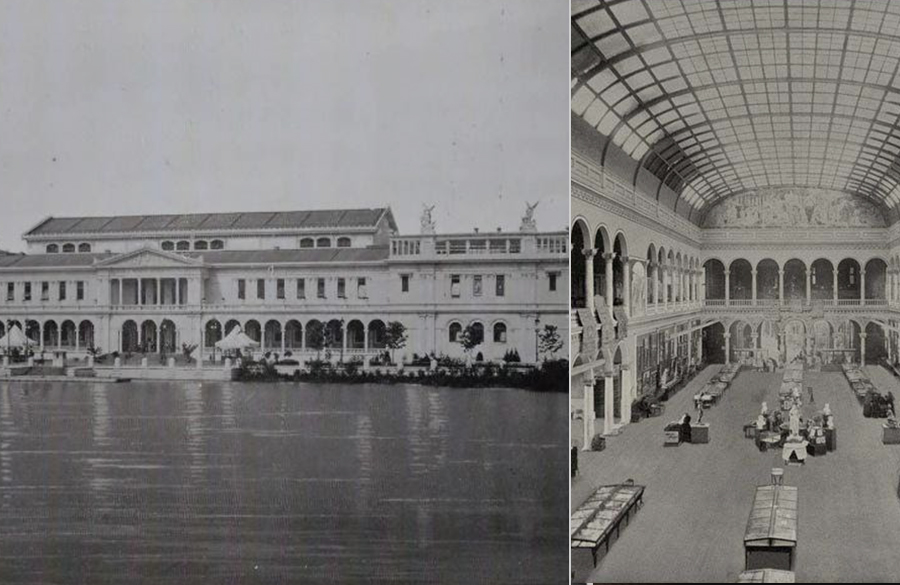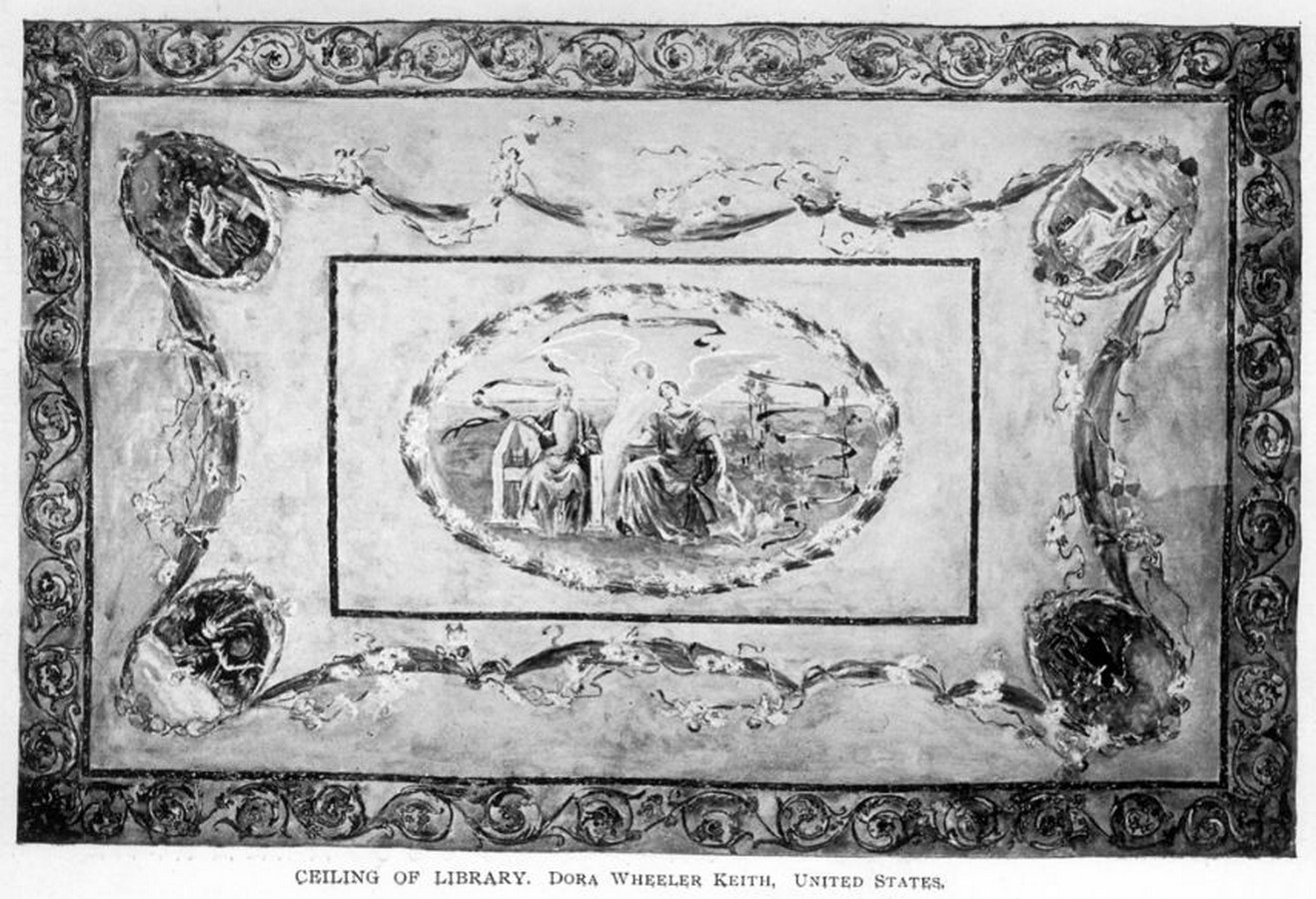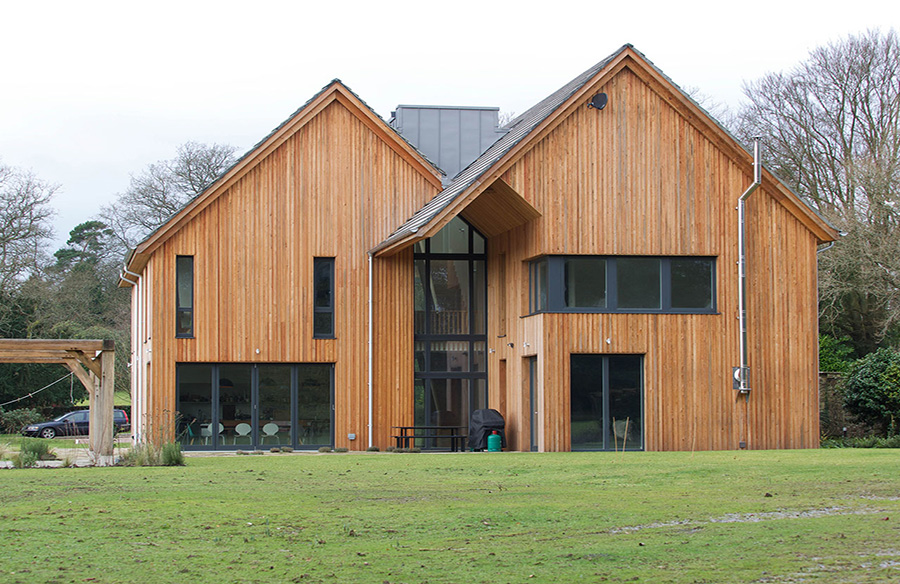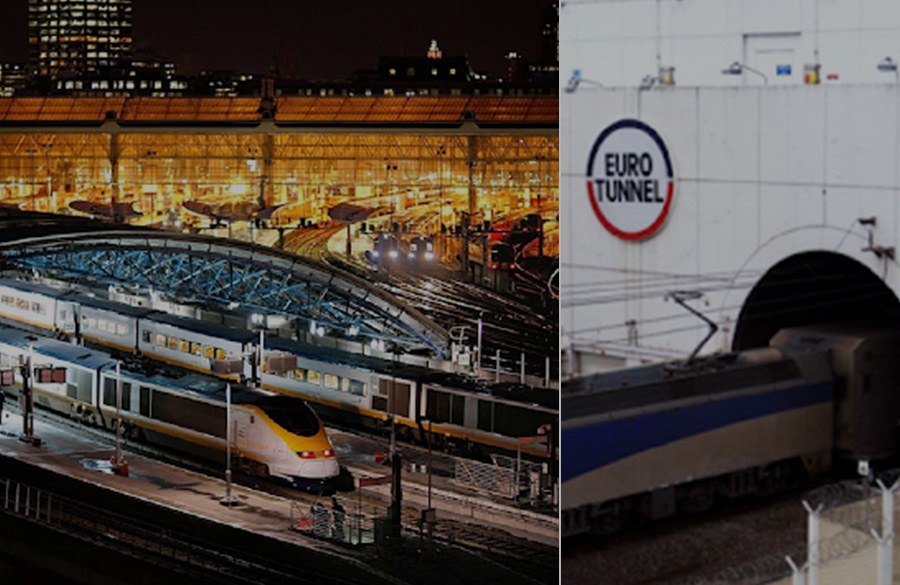World’s Columbian Exposition of 1893 was one of the most successful socio-cultural events which had a tremendous impact on the American Industry and the city’s identity. The World Fair or “the White City” as it was named, was held in Chicago to commemorate the 400th anniversary of Christopher Columbus’ voyage to America. The exposition stretched across 690 acres (280 hectares) of land housing new but temporary buildings based on principles of neoclassical architecture, canals, lagoons, sculptures, all under the supervision of architects like Daniel Burnham, Frederick Law Olmsted, and Charles B. Atwood. This world exposition was an influential platform for many new concepts, ideas, and inventions, architectural and technological advancements. Among all the 14 main buildings that were constructed during the expo, Woman’s Building was a structure that served as a social dais to exhibit women’s industries.

It had an exhibition hall, assembly rooms, libraries, and the Hall of Honour. In an era where women were victims of socio-economic gender discrimination, Bertha Palmer, an American businesswoman, philanthropist, and socialite, decided to unite all the women (basically wives of all the successful entrepreneurs) and form a ‘Board of Lady Managers’ by Congress. This Board decided to exhibit the work of women at the Chicago Fair and also award prizes for their talents. While this decision faced a lot of criticism, some thinkers also believed that women had reached a point where they were able to compete with men on the same level and they would not value prizes given upon the sentimental basis of sex. Finally, after deciding upon the idea of constructing a Woman’s Building, there was a competition inviting architects to design the structure. Out of the 14 entries, the Board selected Sophia Hayden’s design. A fresh graduate from MIT, her design was based on her thesis project – ‘Renaissance Museum of Fine Arts.’ It was a grand two-story structure with center and end pavilions, multiple arches, columned terraces, and other classical features reflecting her Beaux-Art training.
The following women played an important role in the interior and exterior decoration of the building.
-
- Sophia Hayden – Architect
- Alice Rideout – Official Sculptor
- Enid Yandell – designed and created the caryatid that supported the roof garden
- Candace Wheeler – supervised interior decorations
- Mary Fairchild MacMonnies Low and Mary Cassatt – murals in the interior
- Lucia Fairchild Fuller, Amanda Brewster Sewell, Rosina Emmet Sherwood, and Lydia Field Emmet – painted 4 major panels in the Hall of Honour.
- Ellen Mary Rope – relief depicting Hope, Charity, Faith and Heavenly Wisdom
- Dora Wheeler Keith – painted the library ceiling mural
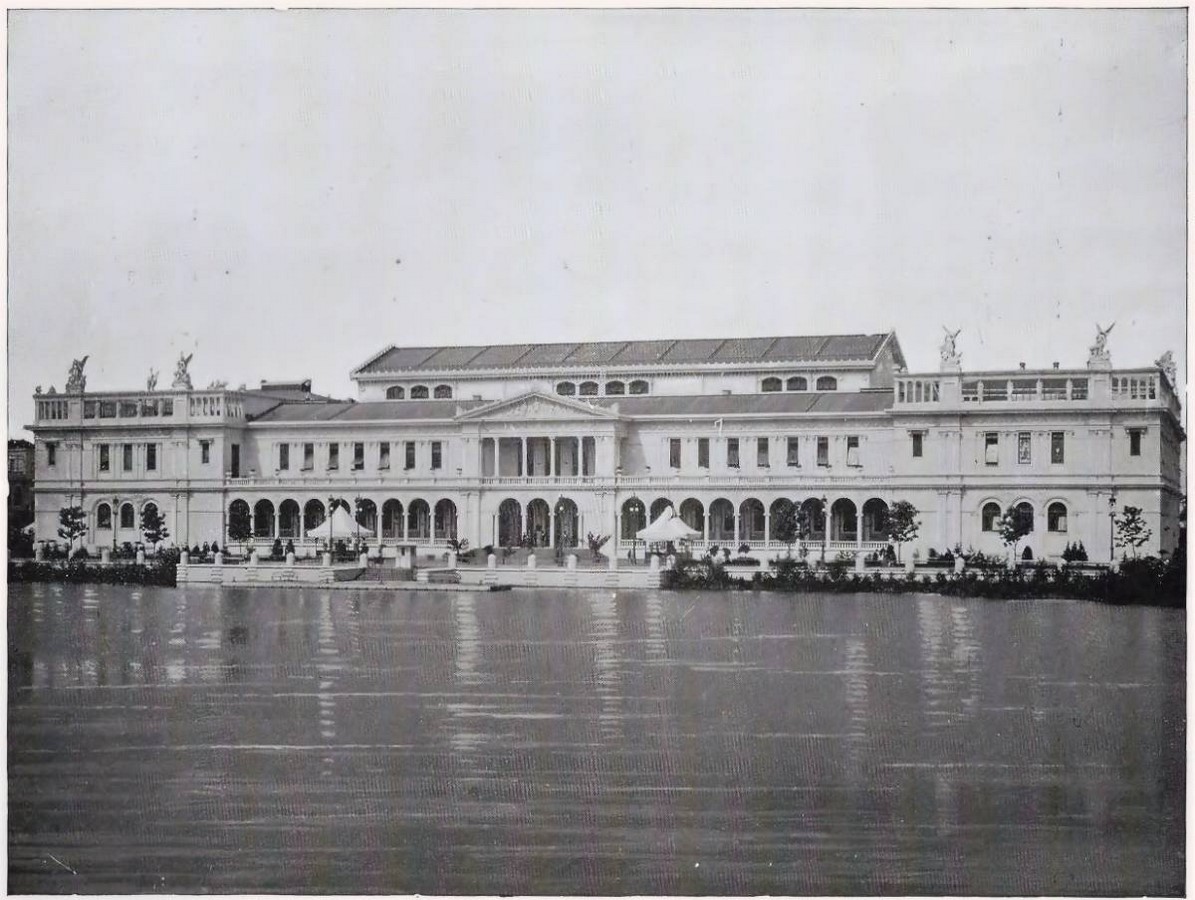
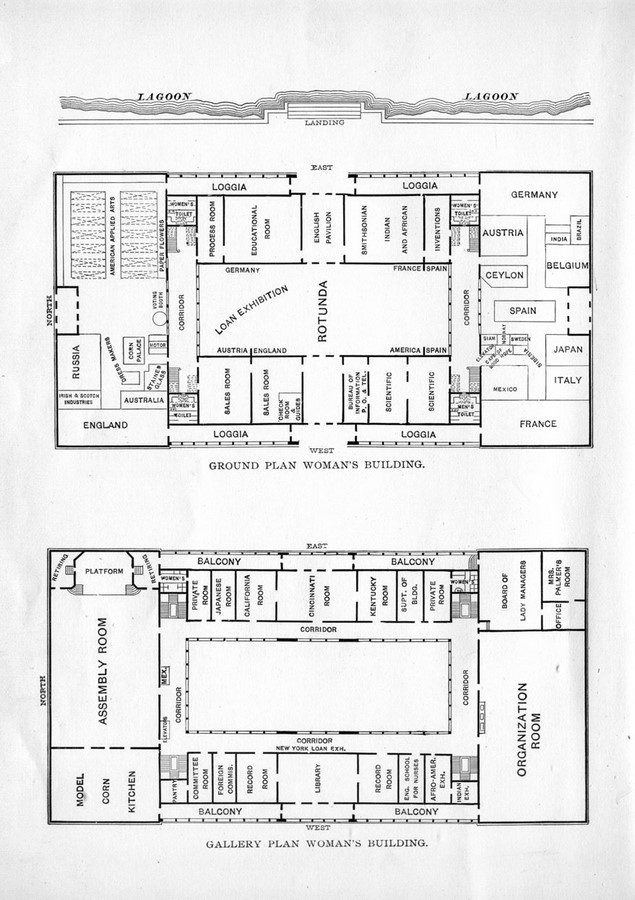
This two-storied building was designed in an Italian Renaissance style of architecture. It is 388 feet long and 199 feet wide with a height of 70 feet. The grand central rotunda in the structure houses the building’s most important feature, the Hall of Honour. This hall is 200 feet long and 67 feet wide and included the names of women with exceptional achievements, or as said by Judy Chicago about ‘The Dinner Party’ – “golden names of women who in the past and present centuries have done honor to the human race.” The rotunda was supported by beautifully designed columns connected to arches decorated in Corinthian style. Another element that made this space attractive was the skylight that lit up the place.
Passing through the hall, there were various minor halls and offices required for the exhibitions and the assistance of the visitors. These halls were allotted to different countries where the visitors could admire the art and handicrafts that characterize the work of these artistic people. The second story consisted of rooms and offices essential for the official business of the Woman’s Building. It mainly housed committee meeting rooms, record rooms, a library, offices, etc. The most important feature of the second story was the Assembly Hall, a large room lying on the north side of the building. It had a wide platform and was suitable for meetings, lectures, and concerts. Attached to it was the Model Kitchen that gave an object lesson to housekeepers from all parts of the world. The library was another notable space from an artistic point of view that had rich and original ornamentation, after the Hall of Honour. The Record Room was an essential place that kept the research and statistics of women’s work from different countries. The organization room was a platform where various associations of women put up their special exhibits. All these rooms were beautifully decorated with wooden floors, ceilings, and panels carved with elegant floral elements, doors that were heavy to swing but filled with intricate design details, rooms lit with large stained or tinted windows, designer wallpapers, all ornamented with a soft feminine touch.

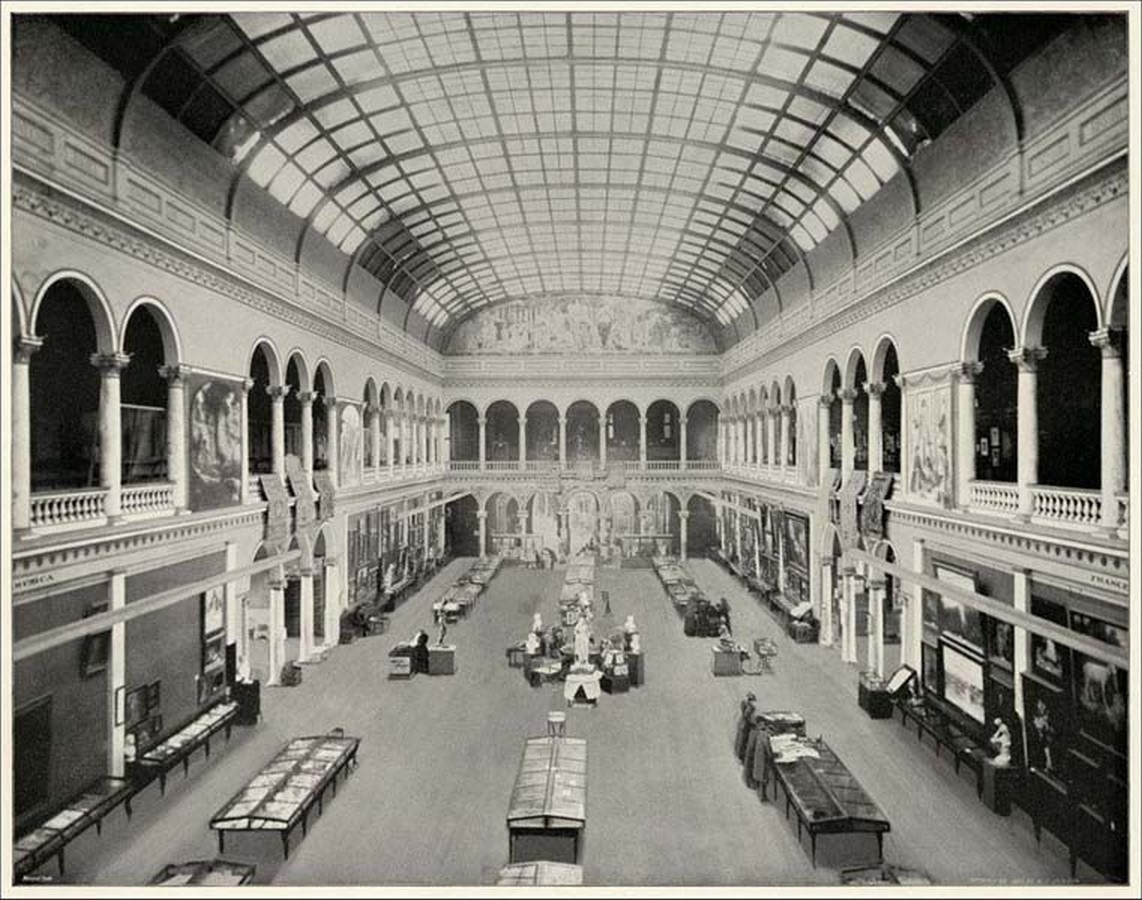
www.pinterest.com
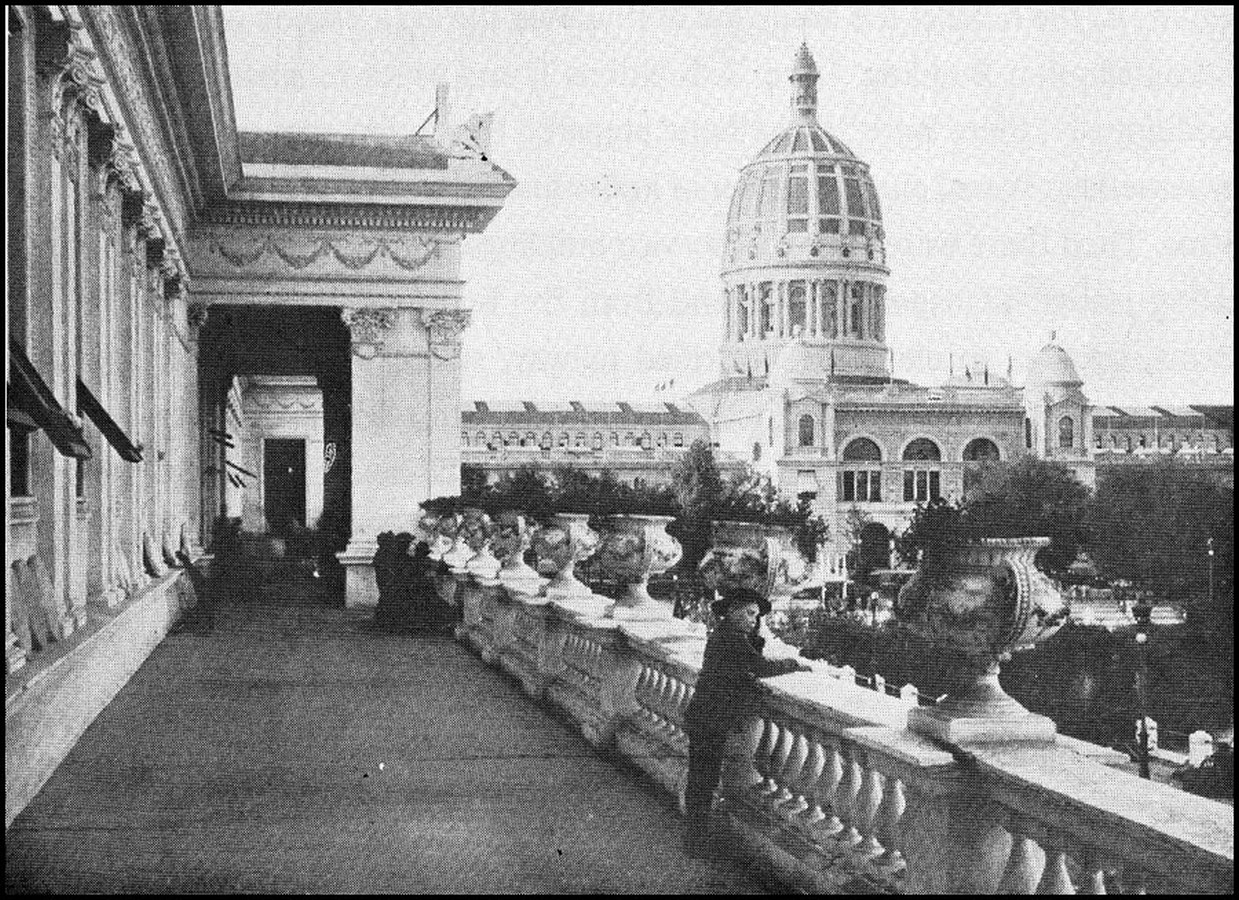
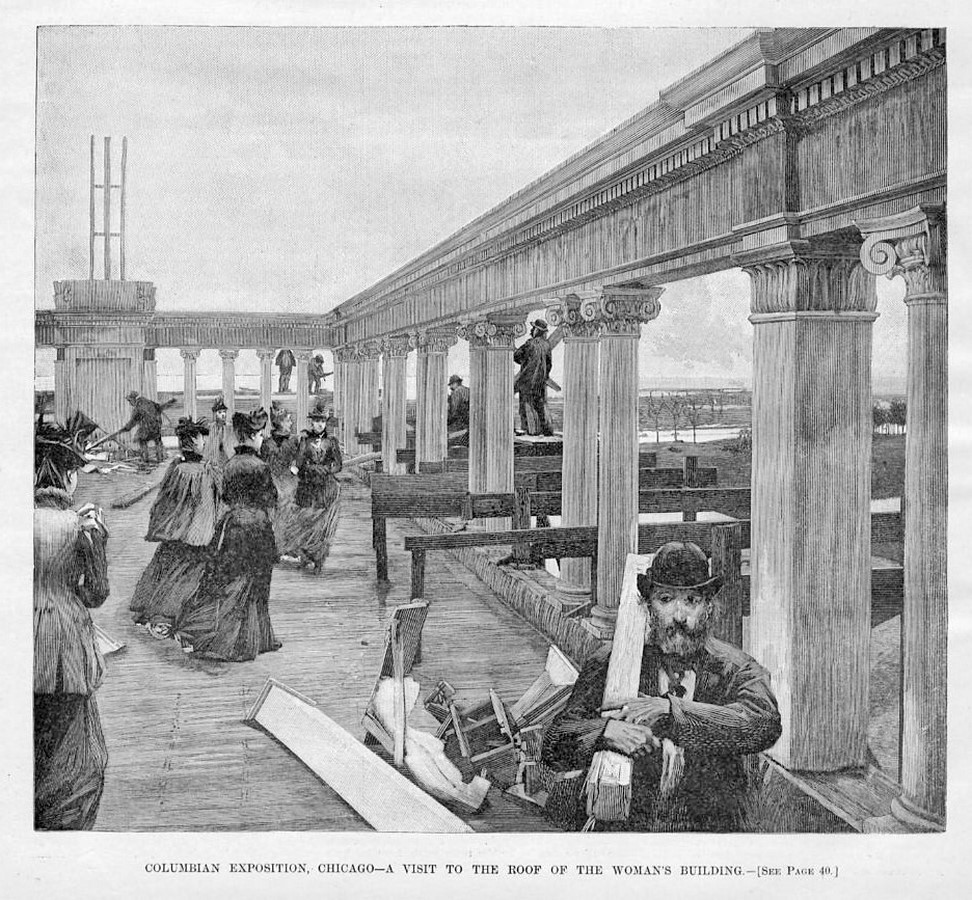
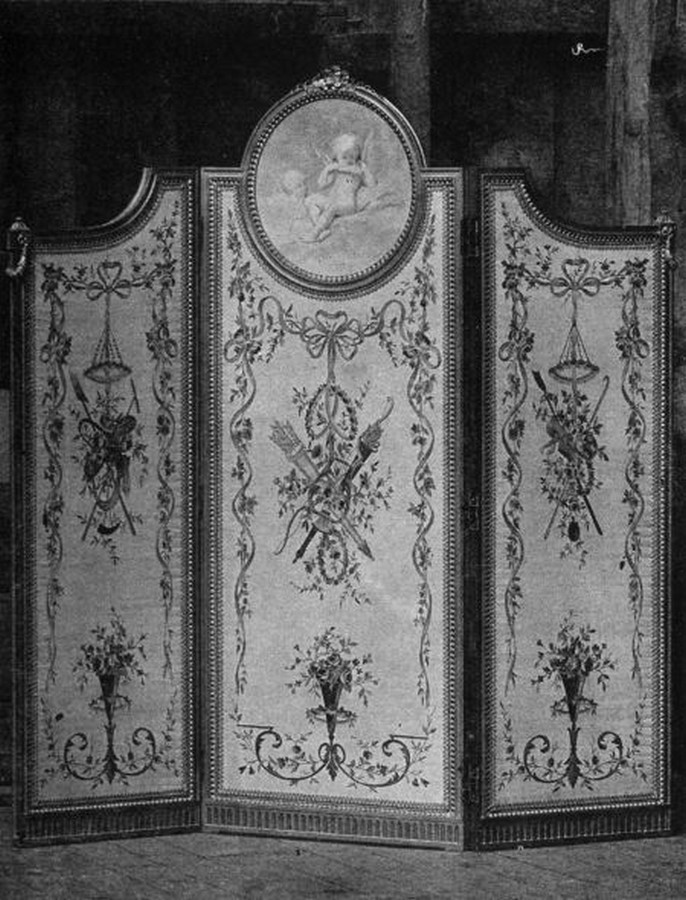
Another feature of the building was the roof-garden, which was a peaceful arcade where the visitors could enjoy a mesmerizing view of the distant buildings of the fair and the shimmering lake beyond. The arcade was supported by pilasters of the Ionic order. The remarkable ornamentation of the building could be seen from the entrance itself. The triple arches on Ionic columns were decorated with graceful designs at the ground level. These move up to the balcony on the upper story where the Corinthian style columns support the triangular bas relief. This relief was designed by Alice Rideout, who represented various occupations of the women, like Charity, Beneficence, Literature, Art, and Home Life. All these tiny but meaningful details show that the building had a feminine character and its charming tastefulness.
The building received positive as well as negative responses in the fair. According to some, it was because an important building in the fair was handed over to a female architect with zero experience rather than any notable male architect who had designed marvelous structures before. Other critics say that they saw “feminine” characters like “simplicity” and “timidity” in the building’s architecture that was unacceptable to some. It was said that Hayden had received a very low amount of 1000$ for designing the structure while some male architects got 10000$ for similar designs. During the construction, her design principles were compromised by constant changes demanded by the board due to which she was eventually fired from the project. Her frustration with being interfered with was labeled as a woman’s unfitness for supervising construction, although many other co-workers supported her. Discontented by the treatment she received, Hayden never worked as an architect in her entire life. The building, however, was demolished within one or two years of the fair as a general tradition. Even after so many years, the architectural details and controversial tales of the building are still talked about.
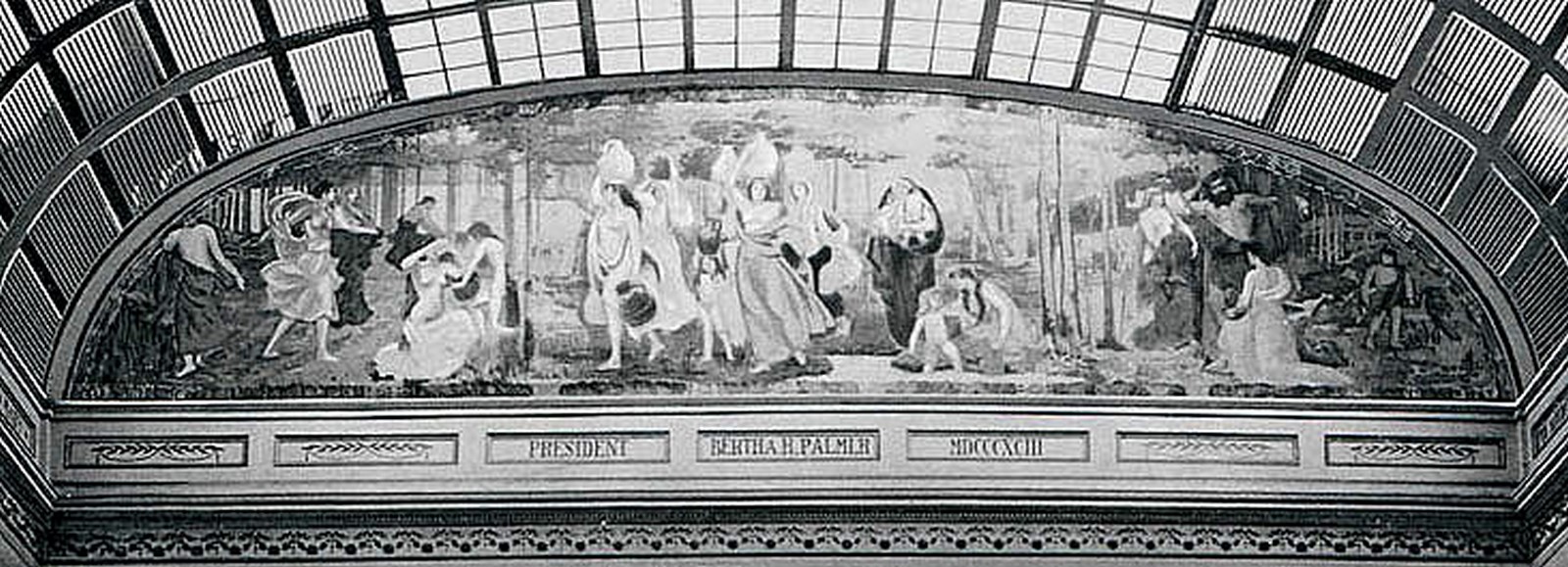

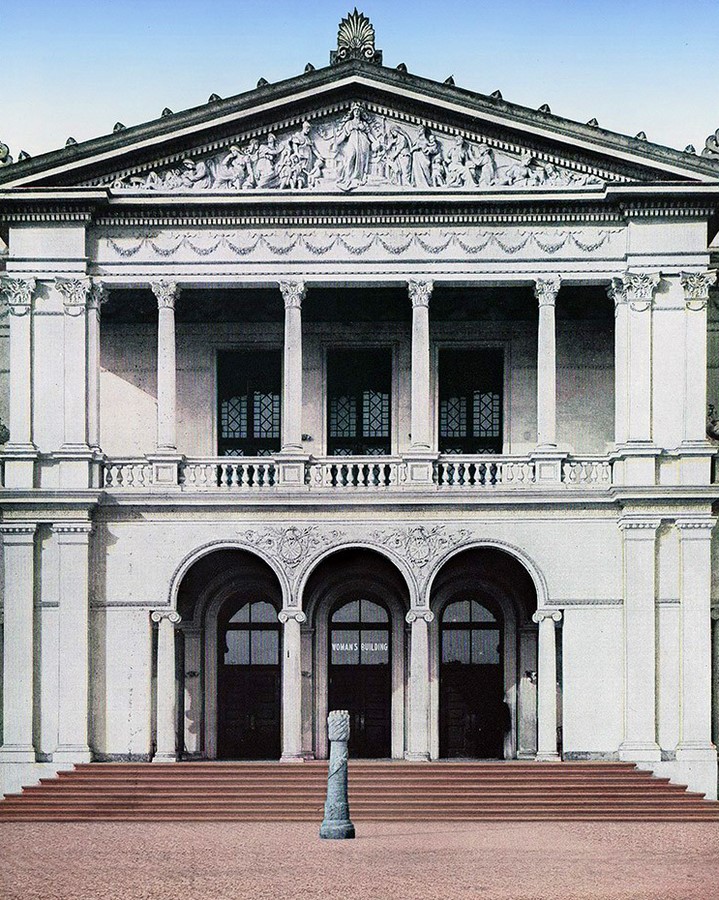
References
- https://en.wikipedia.org/wiki/The_Woman%27s_Building_(Chicago)


